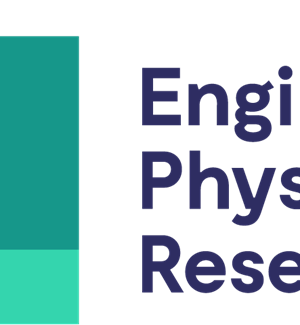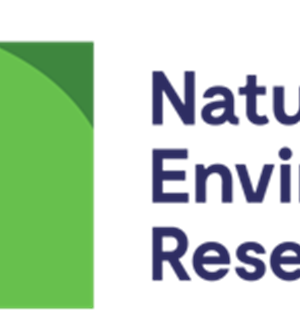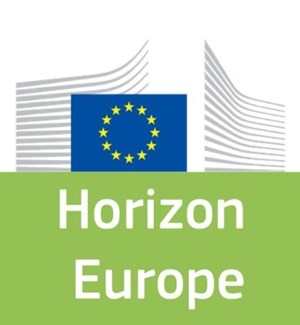- Institut für Chemo- und Biosensorik E.V. - Germany
The design for the presorter was based on the spectroscopical observation that typical plastics show characteristic reflectance peaks in the optical near infrared reflectance (NIR) wavelength region. Typical nonplastics such as metals, wood, paper, ceramics and glass show less characteristical spectral patterns. A presorter has been designed under laboratory conditions. An infrared camera watches via an infrared mirror and monochromator, a single illuminated waste sample. A sequence of digital infrared images is taken from this object and read into a computer workstation. Optical NIR spectra for different types of plastics are relatively similar. Furthermore a large spectral variation within each type of plastics was observed. This required data preprocessing such as wavelength selection and reduction and spectral scaling. Several pattern recognition methods were compared and validated for the classification of the NIR spectra. The goal is to get a complete separation of plastics with zero overlap between the distinct classes. It was found that artificial neural networks provided the best classification results. It was further found that dark and black coloured plastics can be classified to a certain extend, too, if the upper optical region between 1600 and 2500 nm is used. NIR spectroscopy, provides sufficient information to distinguish the 5 main types of plastic but dark coloured or blackened plastics cannot be identified. The MIR spectra contain much more information than NIR spectra and spectra can be obtained even from blank plastics. But instrumentation for MIR spectroscopy contains moving parts and is therefore less suitable for industrial applications. Raman spectroscopy allows spectral information to be obtained about the whole range of molecular vibrations but is restricted to white or light coloured plastics. A Raman system which uses a 5 W neodymium yttrium aluminium garnet laser in combination with the same spectrograph already applied to the NIR measurements was built. The waste from human activities forms one of the most heterogeneous and fast changing, continuous material streams with regard to its mechanical and chemical composition. A division of this waste stream into more homogeneous substreams of Plastics, glasses, textiles, metals etc. requires intelligent sorters. An intelligent sorter continuously adapts to the fast changing sorting problem. This can be performed by robotics with vision abilities and multisensor arrays supported by image processing and artificial intelligence software. The robotic substitutes Workers by doing their jobs in a waste sorting plant standing on a moving or rotating conveyor (on-line pick up). The substream of plastic bottles, for example. obtained from the "intelligent" robotic, then is further analysed on-line. This will be performed by remote sensing using simultaneously visible, near infrared and mid infrared radiation. This radiation interacts with the bottle material and will be reflected to a sensor array. The obtained multidimensional signal (spectrum) carries information with regard to the color, chemical composition and chemical structure of the material of every individual bottle. By means of advanced mathematical methods (pattern recognition) the material of the bottle will be identified on basis of its spectrum. Thus, a following mechanical or pneumatical sorter controlled by the recognition software will push the bottle into the corresponding container of the corresponding material class. This general approach with useeingu robots, multisensor system and software controlled sorter fits into the existing waste collection systems in the EC countries. It requires no presorting of bottles or other special shapes or materials for recycling by the consumers. It combines complete automatization and health protection for the workers in waste sortin plants. The proposal will stimulate research and development of robotica remote sensing with multisensor systems, parallel spectroscopy, digital image processing and artificial intelligence for its use in the lar-e field of Waste sorting. The dimension of the proposal is only comparable to similar large scale applications of robotics/artificial intelligence in car production or automatization of chemical-analytical laboratories in steel industry or pharmaceutical quality control.
Want to analyze based on this project via our analysis tool? Analyze this project
Knowledge Gaps
Characteristics of plastic-general
Characterization test methods
Environmental fate and behavior of plastic
Monitoring and detection equipment
Degradation




